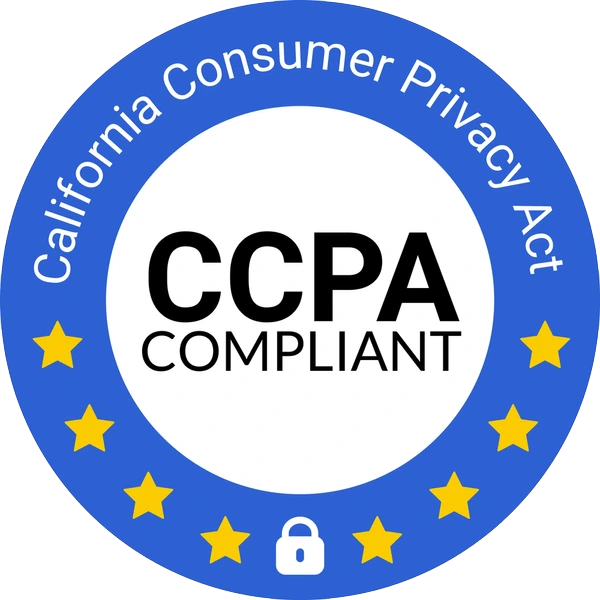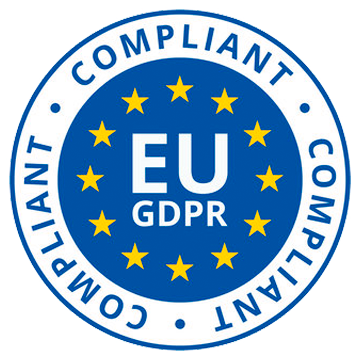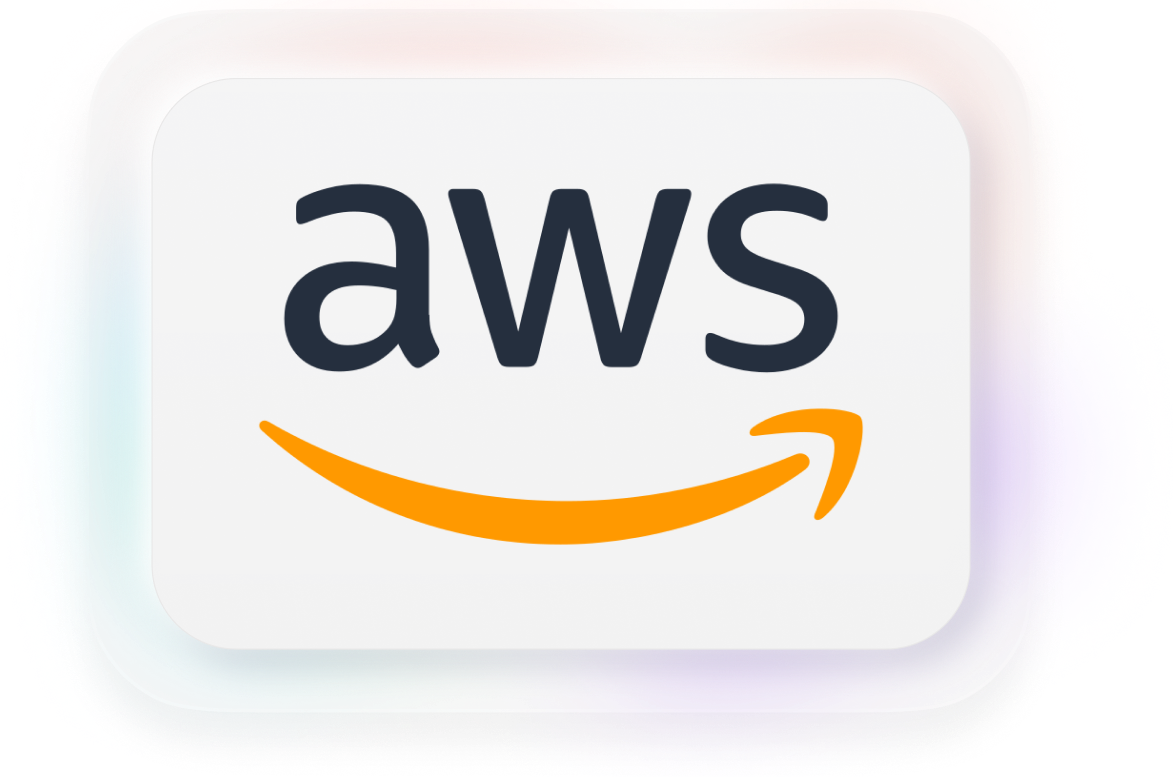As technology advances, more business processes are moving online and becoming digitized. Electronic signatures, also called eSignatures, are helping to accommodate this shift. An e-signature is a legally binding means of signing off and approving a digital document.
Modern eSignature solutions like Sizle allow for recognizable, secure, and verifiable e-signatures. Many business processes now accept e-signatures, making traditional handwritten signatures a thing of the past.
Why the surge in popularity? eSignatures offer many advantages, including faster document processing, simplified business procedures, and advanced security. Plus, they are legally binding and can decrease operational costs.
Discover the uses and advantages of eSignatures and learn how to create one below.
What is an eSignature?
What is an electronic signature? An electronic signature offers a legally binding means of providing consent or approval to a digital document. eSignatures can stand in place of a handwritten signature on application forms, nondisclosure agreements, onboarding documents, contracts, and more.
The legality of eSignatures
eSignatures are legally enforceable in many countries, including the United States. In the U.S., e-signatures the ESIGN Act (eSignatures in Global and National Commerce) regulates e-signatures and affirms the validity of eSignatures for many uses.
eSignature security
Some people worry that eSignatures may not be secure. In fact, they can be even safer than handwritten signatures. An electronic signature provides an inherent electronic record and digital audit trail, verifying the transaction.
Further, some types of eSignatures can even verify details like the signer’s location (assuming they’ve provided their consent for location tracking). Location tracking minimizes the risk of another person trying to forge the individual’s signature.
More technologically advanced eSignatures can be accompanied by even more stringent security measures like mobile two-factor authentication. For instance, the signer may receive a digital code on their mobile phone, which they then have to input to sign off.
This kind of more stringent electronic signature security is perfect for sensitive matters. Examples might include legal documentation, like a non-disclosure agreement, banking transactions, or financial paperwork in general.
Electronic signature versus digital signature
eSignatures are not to be confused with digital signatures. The two terms are not interchangeable.
A digital signature is a specific type of e-signature that adds an added layer of security using a trust service provider, TSP. The person signing the document must verify their identity and prove they’ve signed using certificate-based cryptography.
Document formats for eSignatures
eSignatures can be adapted to an array of software, including Word and PDF. This versatility is convenient for businesses that require varied document formats. The following section discusses how to create an electronic signature in Word versus PDF. To learn more about document conversion, read more here.
How to create eSignatures
Wondering how to make an electronic signature? There are many software programs and apps to help make it fast and easy. Although the process will vary depending on the precise provider, it generally looks something like this:
The person creating the signature must have the relevant software or app downloaded on their phone, computer, tablet, or similar electronic device. The person can “sign” their signature in one of three ways:
- They can type their name into a designated box, which then converts the typed text into a signature for approval.
- Alternatively, they can upload an image of their signature.
- Some programs allow the person to use their finger to “draw” their signature on the screen or a trackpad.
If the document needs to be countersigned by another person, the individual can then send it to that individual via email. The recipient then provides their signature in the same manner and clicks “save,” “finish,” or some similar directive to update it.
The original signer may then receive an email notifying them that the document has been countersigned. This ensures that everybody has the most recent and up-to-date version of the document at hand and can help avoid confusion or miscommunication.
Benefits of an eSignatures
eSignatures aren’t just a new-fangled technological trend. They have been around for decades, although they’ve only come into popular use more recently as people start to see their benefits. These are some of the unique advantages offered by eSignatures.
Faster document processing
Electronic documents can be signed anytime and anywhere, with no physical presence required. E-signatures allow for faster document processing, removing bottlenecks to everyday business processes and speeding up operations overall.
Adding standard fields like the date to the document automatically can expedite the signing process. Many e-signature applications also include handy digital tabs, like colored post-its, telling people where to add eSignatures to PDFs or Word documents.
When someone is trying to figure out where and how to add an electronic signature to PDFs, this is a big boon. Even people who have never used an electronic document signing tool before will be able to figure it out with the added guidance.
Simplified business procedures
The business world has moved to the digital age—and for a good reason. Paper tends to create clutter in an office. By encouraging digitization, eSignatures simplify business procedures. Electronically signed documents can easily be sent, stored, and saved digitally.
In addition to streamlining internal operations, it’s also easier to simplify the exchange of information with external partners. For example, there is no need to send a courier service like a bike messenger to a client for signing. It can all be done electronically via email.
Decreased operational costs
The fact that there’s no need for hard copies of papers for wet signatures can also be a money-saver for businesses. It reduces the burden of expenses for mail and courier services.
Businesses can also cut the myriad of other expenses associated with hard copies. There’s less need for printing, cutting costs like toner, ink cartridges, and paper. The costs for tools like printers and scanners can likewise be reduced or even cut completely.
Environmentally friendly
As technology advances, more business processes are moving online and becoming digitized. eSignatures, also called e-signatures, are helping to accommodate this shift. An e-signature is a legally binding means of signing off and approving a digital document.
Legally binding
As technology advances, more business processes are moving online and becoming digitized. eSignatures, also called e-signatures, are helping to accommodate this shift. An e-signature is a legally binding means of signing off and approving a digital document.
Advanced security
As technology advances, more business processes are moving online and becoming digitized. eSignatures, also called e-signatures, are helping to accommodate this shift. An e-signature is a legally binding means of signing off and approving a digital document.
Uses for eSignatures
Given the many benefits of eSignatures, it should come as no surprise that they are taking the business world by storm. Already, the market is valued at some $2.8 billion. What’s more, it’s projected to grow to reach a whopping $14.1 billion by 2026.
Those figures may seem exorbitant. However, a better understanding of the many versatile uses of e-signatures will make it clear just how that level of growth is possible. eSignatures work for approving paperwork like:
- Rental/lease agreements
- Financial documents
- Sales contracts
- Offer letters
- Permission slips
- Liability waivers
These days, e-signatures are even used in medical settings, for example, to give consent in clinical trials. In this context, an electronic signature offers unique benefits, because it allows researchers to keep a safe distance from test subjects, who may be ill and contagious.
This subject raises another important point regarding the increasing prevalence of e-signatures: The influence of the COVID-19 pandemic. When the pandemic first took hold in 2020, many companies swiftly shifted to remote operations, with people working from home worldwide.
The pandemic spurred an increased need for legally binding eSignatures that could be executed without in-person contact. Going forward, remote work is anticipated to continue to be a mainstay of society, as both companies and workers have started to see the perks.
Additionally, e-signatures can serve a variety of industries and business sectors. From real estate to sales and beyond, almost every field requires legally binding signatures on paperwork at some point in the business process.
Sales offers one great example of how eSignatures can make business life easier. An electronic signature can potentially accelerate the sales cycle by reducing lag time, enhancing the customer experience, ultimately allowing teams to close deals faster.
Frequently Asked Questions
Still confused about eSignatures? The below frequently asked questions provide a quick summary of the essential facts, from how to create an electronic signature to what it costs to create one.
What is an electronic signature?
An electronic signature is a means of providing consent or approval to a digital document. It is legally binding and can be used in place of a handwritten signature on all kinds of paperwork. E-signatures are used on legal documents, health documents, financial paperwork, and more.
Is an electronic signature legally binding?
Yes, an electronic signature is considered legally binding in most contexts under the U.S. ESIGN Act (eSignatures in Global and National Commerce). Many other countries also have legislation in place allowing for the validity of eSignatures.
Are eSignatures secure?
Yes, eSignatures are considered safe and secure. Added security measures like two-factor mobile verification can add another layer of security for especially sensitive documents, like banking. Some people consider e-signatures safer than handwritten ones.
How is an eSignature created?
The exact means of producing eSignatures will depend in part on the type of software or app used. There may also be differences that depend on whether the electronic signature is in a PDF versus a Word document.
In general, those wondering how to do eSignatures have one of three options. First, they can type their name into a box, and the program then takes the text and converts it into a signature-style image. Second, they can upload an image of their actual handwritten signature.
Finally, they can “draw” their signature on the screen or using a trackpad. For this latter option, the appropriate technology is necessary. They may need a smartphone, a tablet with a touch screen, or a laptop with a trackpad.
Is an Electronic Signature the same as a Digital Signature?
No. Although the two terms are sometimes confused, a digital signature is a more specific format of e-signature that is certificate-based and relies on a trust service provider, TSP, for identity verification.
Are eSignatures free?
Many providers offer electronic signature apps and programs. While some are free, others require a fee. Sizle provides the opportunity to create an electronic signature free of charge.
The final word on eSignatures
eSignatures make everyday life in the business world easier in many ways. They simplify document processing, speed up daily operational processes, and even save money by eliminating materials costs and courier fees.
eSignatures are verifiable, secure, and legally binding in most cases. They can thus easily replace a handwritten signature when it comes to approving a document or giving consent to its contents. Many countries already have e-signature legislation in place.
There are various eSignature apps available to make signing documents electronically a breeze. Solutions like Sizle provide a simplified means of signing off on digital documents, no pen and paper needed. For businesses looking to streamline operations, that’s a big boon.
Turn docs into deal intelligence
Sizle shows what really happens after you hit send.
Free 7-day trial
Unlock insights instantly
Join 30,000+ professionals



